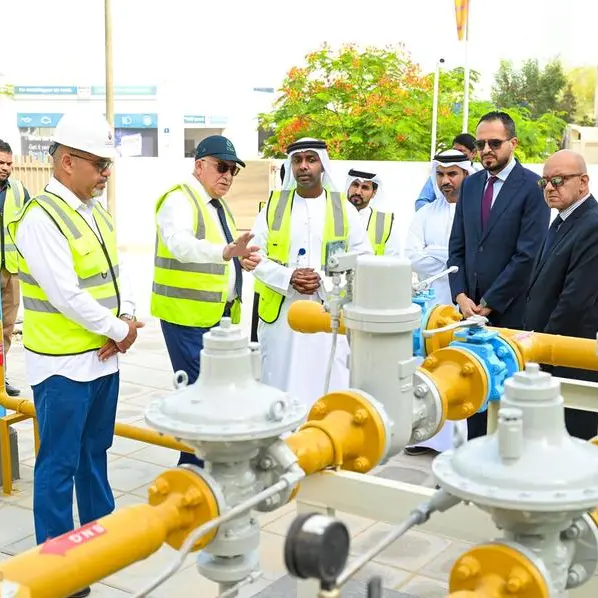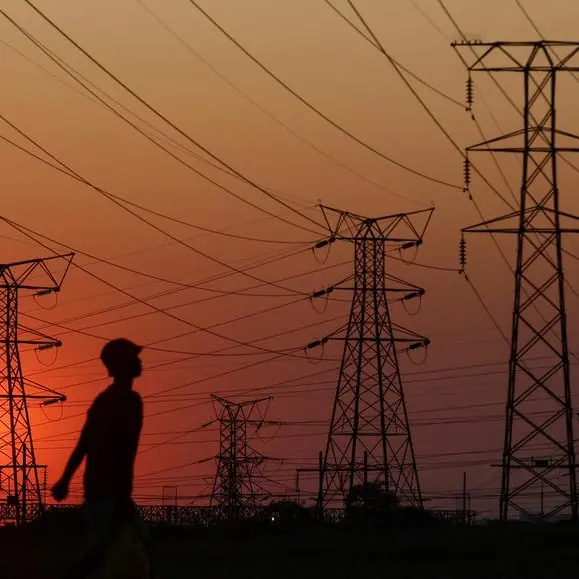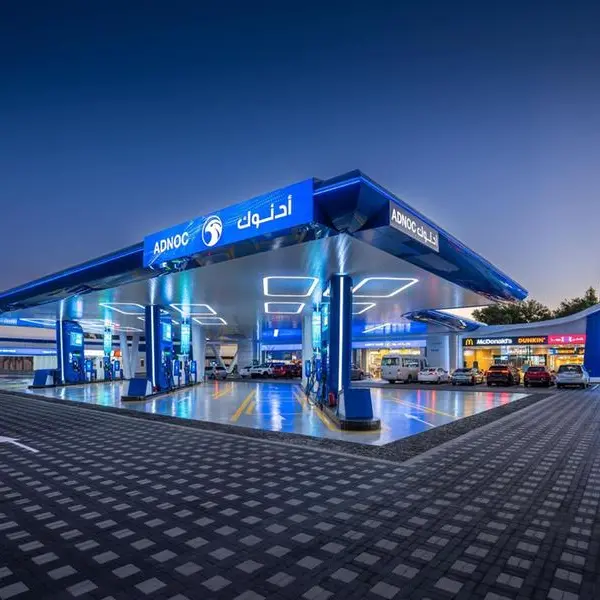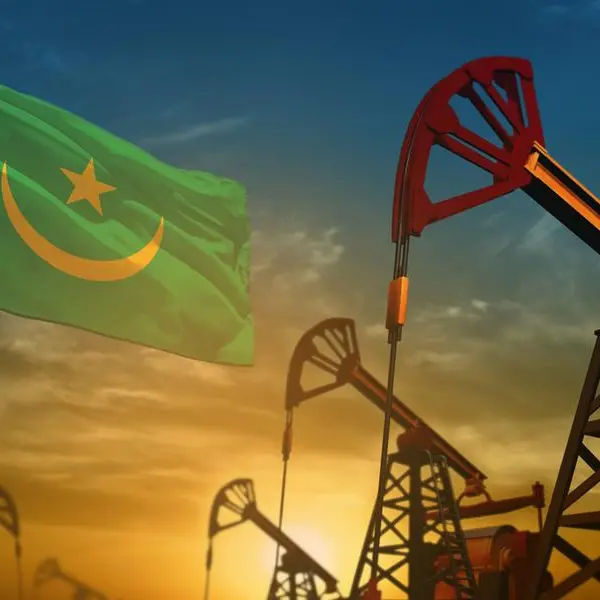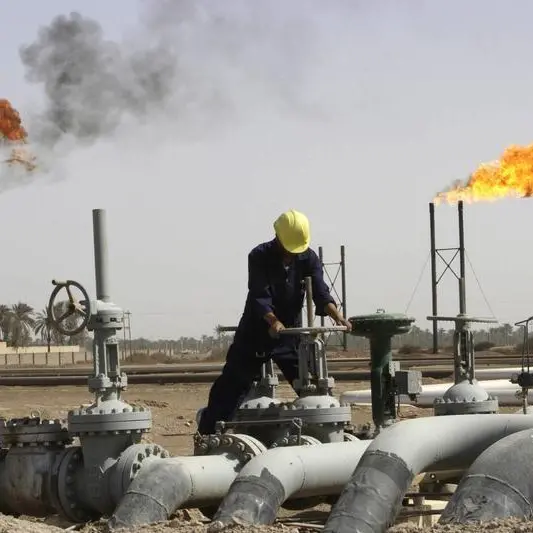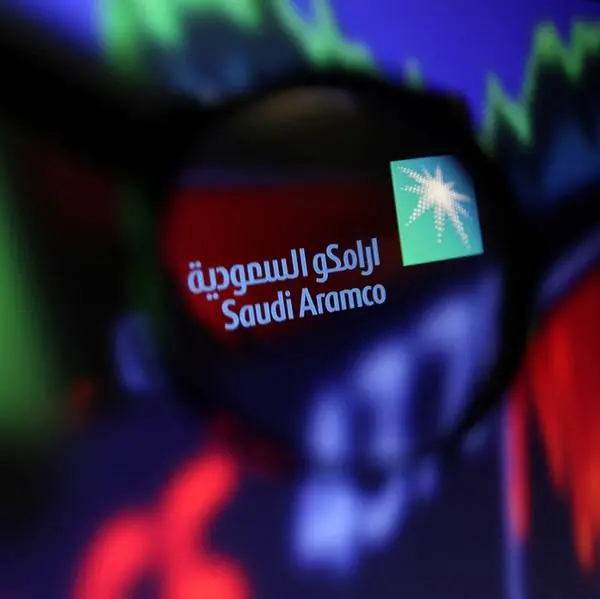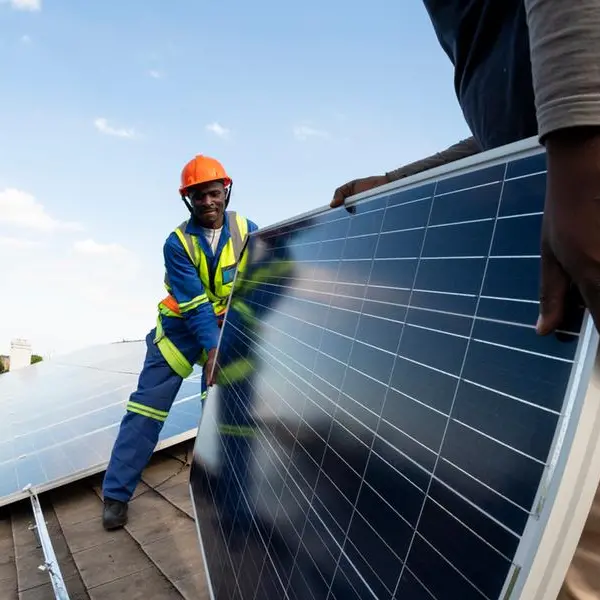PHOTO
Demand for liquefied natural gas (LNG) to power ships will rise this year on attractive prices, while more dual-fuel vessels join the global fleet, industry executives said.
Prices of LNG delivered as marine fuel at the world's largest bunker hub Singapore are at steep discounts of nearly $100 per metric ton compared with conventional 0.5% very low sulphur fuel oil (VLSFO), industry sources said.
That is a far cry from record premiums of more than $1,000 a ton seen in September 2023, based on data from S&P Global Platts published on industry coalition SEA-LNG's website, after Russia sparked a global gas crisis in 2022 by reducing piped supplies to Western Europe after its invasion of Ukraine.
LNG prices have since stabilised at lower levels with ample supply as winter demand eases.
Consultancy Rystad expects discounts to persist at least through the third quarter of this year, barring major market disruption, said Junlin Yu, a senior analyst on shipping supply chains.
Global LNG bunker sales in the first three months of 2024 reached 1.9 million cubic meters (855,000 tons) and could surpass 7 million by the end of the year, Rystad forecasts show, up from 4.7 million cubic meters in 2023.
In Singapore, LNG bunker sales rose for a fourth straight month to a record 38,600 tons in March, data from the Maritime and Port Authority showed.
Global mining giant BHP, which operates five dual-fuelled bulk carriers, is refuelling its ships with 100% LNG in Singapore on the route between Port Hedland, Australia, and China, Rashpal Singh Bhatti, vice president of maritime and supply chain excellence at BHP, told Reuters.
"We rode out the (previous) uptick in LNG prices and now we are taking full advantage," he said, adding that LNG also reduces emissions by 30% compared with fuel oil.
Deliveries of new dual-fuel vessels, mostly container ships, car carriers and tankers, are also set to add to LNG bunker demand in coming years.
SEA-LNG Chief Operating Officer Steve Esau expects there will be more than 1,000 dual-fuel LNG vessels operating by the end of 2027, compared with around 400 now, which Reuters calculates accounts for less than 1% of the global merchant fleet.
Esau called for more investment in barges dedicated to delivering LNG with limited lifting capacity in Singapore, where three firms are licensed to supply LNG as bunker fuel according to the port authority.
Globally, LNG is available mainly at major bunker ports, with infrastructure still lagging in scale compared to conventional marine fuel facilities.
(Reporting by Jeslyn Lerh; Editing by Florence Tan and Kirsten Donovan)

